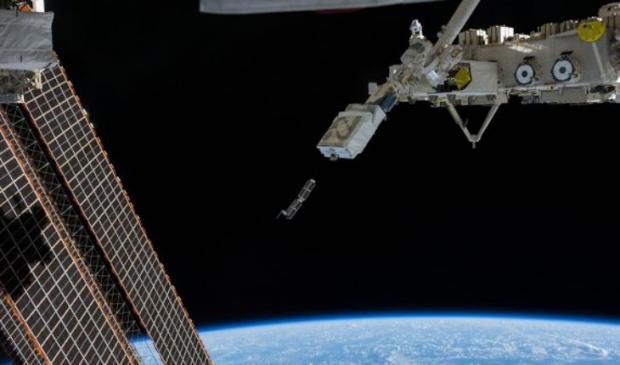
Breaking News
 LIVE ELECTION RESULTS: New York mayor, NJ & VA governor, Prop 50, Trump endorsements, latest vote
LIVE ELECTION RESULTS: New York mayor, NJ & VA governor, Prop 50, Trump endorsements, latest vote
 Sen. Markwayne Mullin Reveals Schumer Held Secret BACKROOM MEETING...
Sen. Markwayne Mullin Reveals Schumer Held Secret BACKROOM MEETING...
 RIP NYC - Muslim Communist Zohran Mamdani Wins New York City Mayoral Race
RIP NYC - Muslim Communist Zohran Mamdani Wins New York City Mayoral Race
 Dramatic Footage Shows UPS Cargo Jet Crashing At Louisville Airport
Dramatic Footage Shows UPS Cargo Jet Crashing At Louisville Airport
Top Tech News
 Japan just injected artificial blood into a human. No blood type needed. No refrigeration.
Japan just injected artificial blood into a human. No blood type needed. No refrigeration.
 The 6 Best LLM Tools To Run Models Locally
The 6 Best LLM Tools To Run Models Locally
 Testing My First Sodium-Ion Solar Battery
Testing My First Sodium-Ion Solar Battery
 A man once paralyzed from the waist down now stands on his own, not with machines or wires,...
A man once paralyzed from the waist down now stands on his own, not with machines or wires,...
 Review: Thumb-sized thermal camera turns your phone into a smart tool
Review: Thumb-sized thermal camera turns your phone into a smart tool
 Army To Bring Nuclear Microreactors To Its Bases By 2028
Army To Bring Nuclear Microreactors To Its Bases By 2028
 Nissan Says It's On Track For Solid-State Batteries That Double EV Range By 2028
Nissan Says It's On Track For Solid-State Batteries That Double EV Range By 2028
 Carbon based computers that run on iron
Carbon based computers that run on iron
 Russia flies strategic cruise missile propelled by a nuclear engine
Russia flies strategic cruise missile propelled by a nuclear engine
 100% Free AC & Heat from SOLAR! Airspool Mini Split AC from Santan Solar | Unboxing & Install
100% Free AC & Heat from SOLAR! Airspool Mini Split AC from Santan Solar | Unboxing & Install
TigerSat is University 3U Cubesat Using a New Plasma Propulsion #spaceaccess2019

The Hall Thruster was made smaller for cubesats and uses a new solid fuel instead of xenon gas. It does not have a pressurized chamber which takes away risk for ride-sharing on the launch.
They are looking for 2.7km/second change in velocity for a 1 kilogram of fuel. Using more fuel they could get from low earth orbit to geosynchronous.
They are looking to build this for the low tens of thousands of dollars. They are eliminating the reaction wheels for cost and space saving.
They are targeting an ISP of 1500. It would take more voltage in order to increase the ISP.
They are using a solid fuel wall-less hall thruster. The new plasma thruster design retains incredible efficiency while scaling to very small sizes. With low thrust throttling capabilities, the design is viable as both main propulsion for deep space missions and attitude control for large satellites. Two thrusters are included on the spacecraft for redundancy as well as to support the passive control system.
Princeton's TigerSat's payload will be a novel plasma thruster with a power requirement of around 200 Watts. Normal cubesats typically uses around 15-40 Watts.
They are using off-the-shelf (OTS) components that are not space-rated where possible. Careful electrical design does ensure that components and wiring harnesses are properly rated for the appropriate electrical characteristics.



